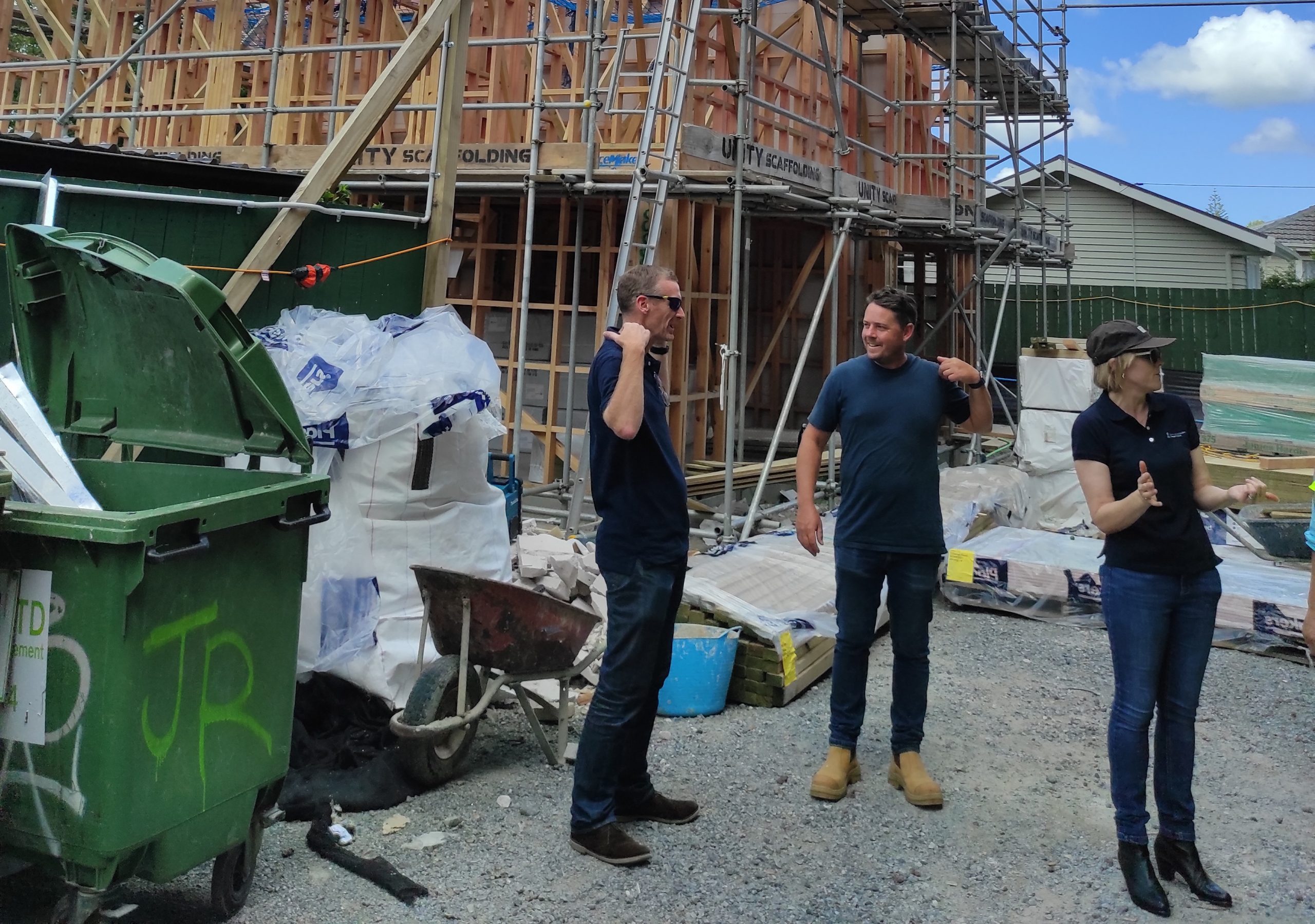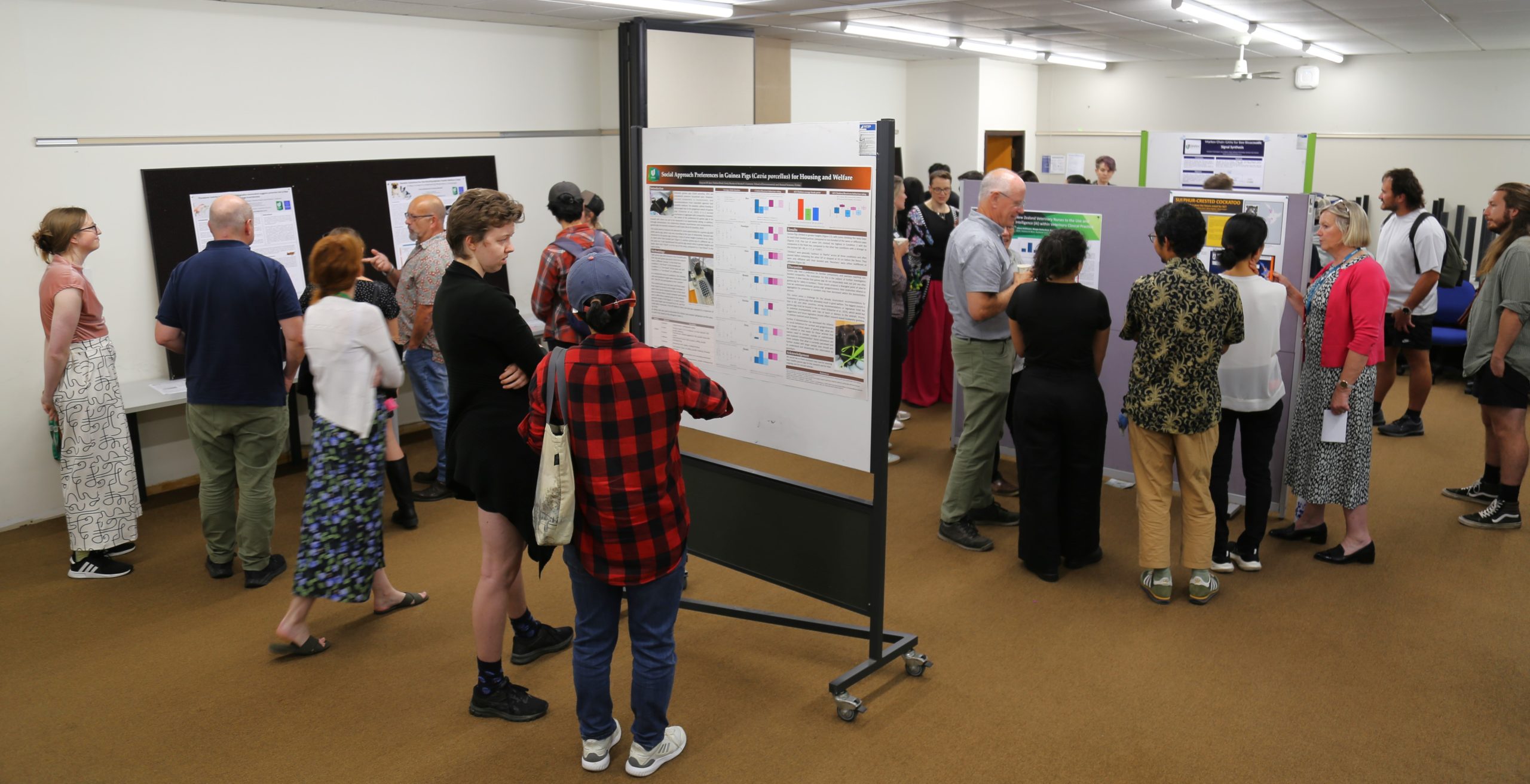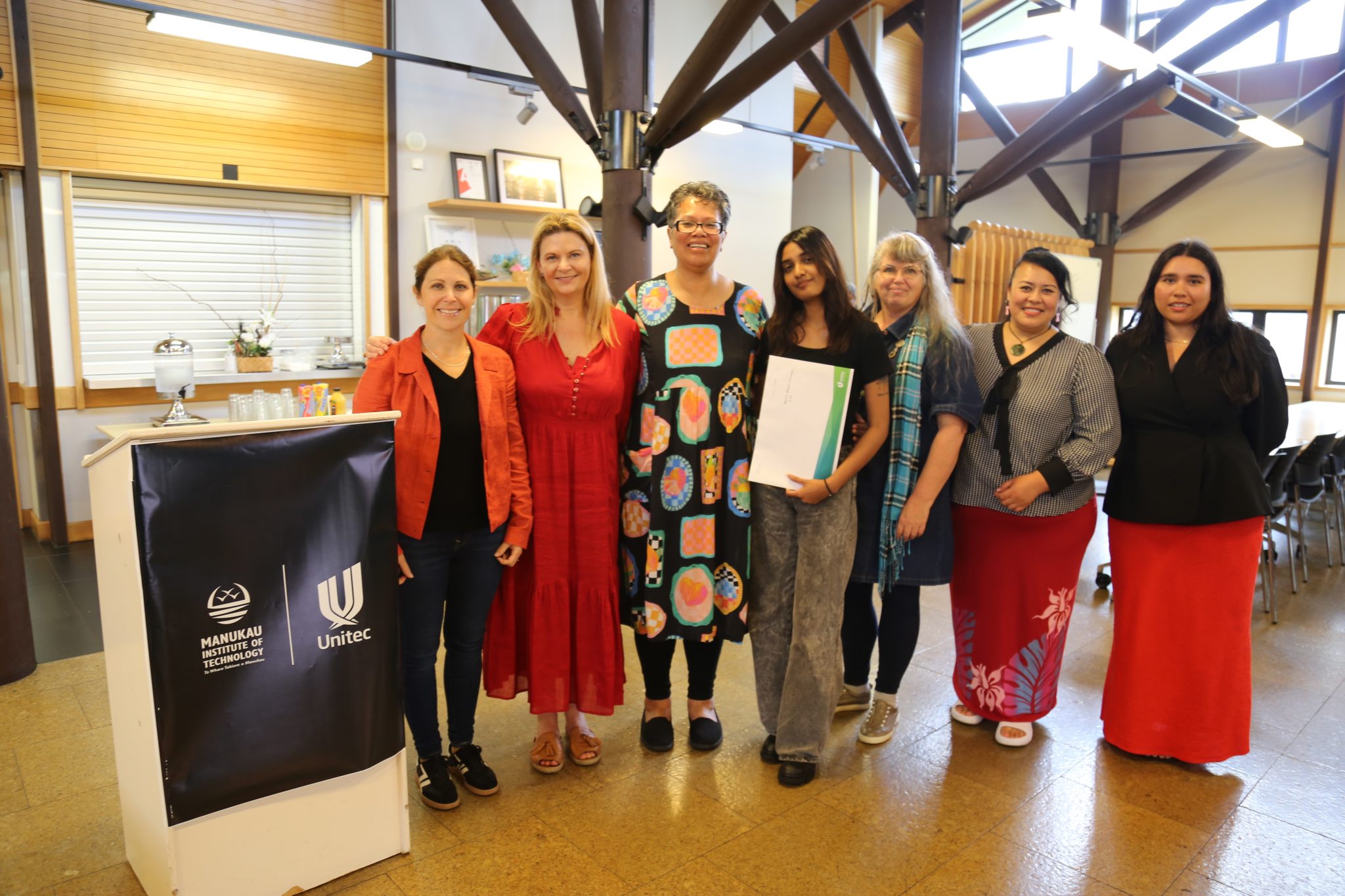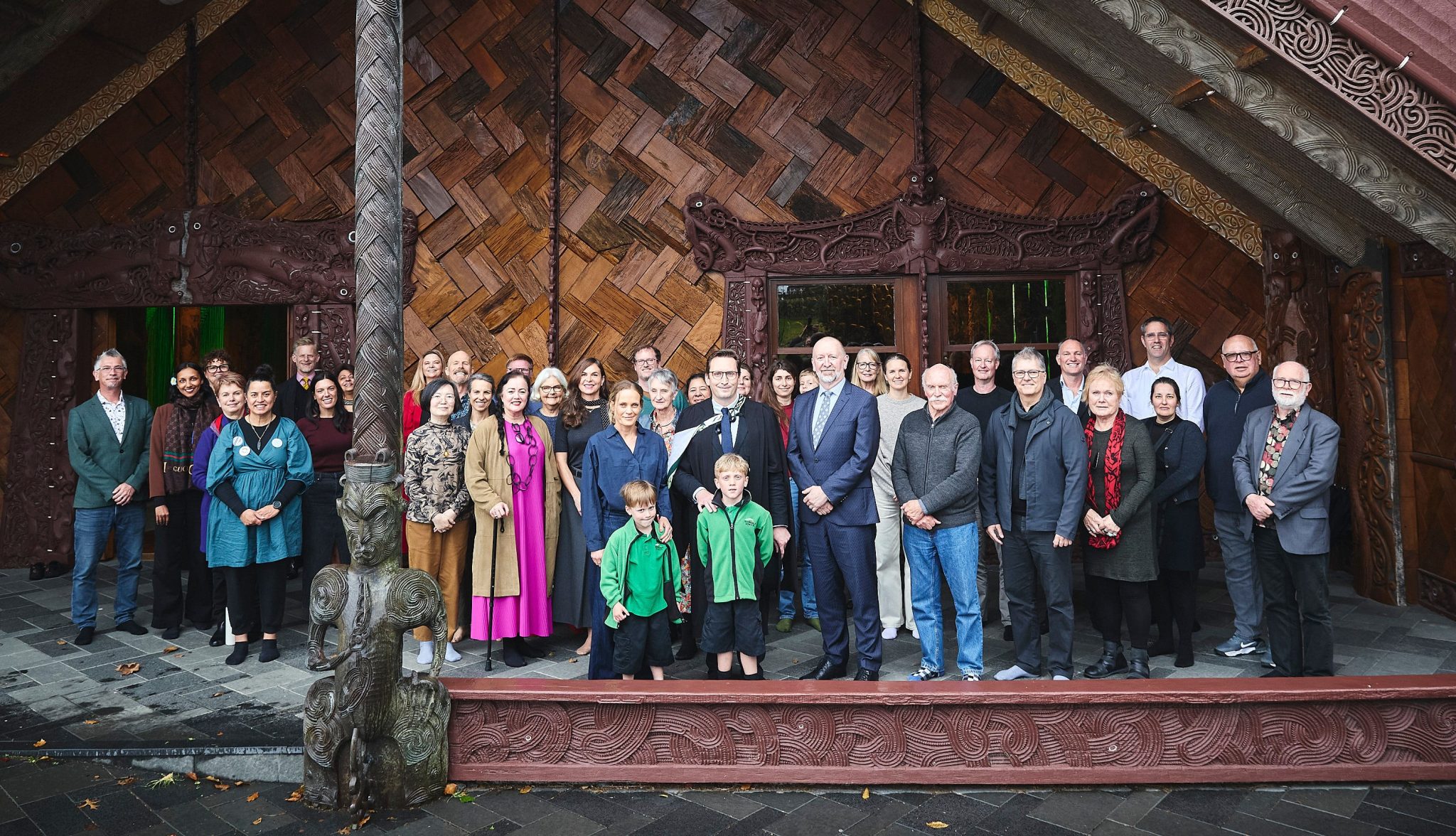Guest post by Yanina Purcell, ESRC
Unitec’s Environmental Solutions Research Centre (ESRC) investigates ideas and concepts, and conducts research, under two main themes of waste and pollution. ESRC estimates that construction and demolition (C&D) in Auckland produces 25,000 tonnes of plastic waste annually. In addition, new-build housing alone currently produces 1800 tonnes of plastic waste every year, and due to the planned intensified building rules, housing could generate up to 4000 tonnes of plastic waste each year.
ESRC has been awarded BRANZ funding (from the Building Research Levy) to work with the plastics industry, building-product suppliers and manufacturers, and the waste-management sector to identify opportunities for change. This will include identifying unnecessary and problematic plastics in order to eliminate them where possible, and identifying opportunities for creating circularity through reuse and recycling, with the overall aim being the diversion of plastic waste from landfill. They will also work with the construction sector to develop, communicate and implement practical, onsite solutions to reduce plastic waste.
Although this latest project is focusing on plastic waste, ESRC started investigating C&D waste by cataloguing materials destined for landfill from construction sites across Auckland. As C&D waste accounts for nearly 50% of all New Zealand’s waste generation, there is a need to assess diversion opportunities.
Over six years, four students from Unitec’s Bachelor of Engineering Technology (Civil) programme selected environmental-based research specialising in waste minimisation for their final-year projects. In 2014, the first student, Weizhou (Michael) Xu, worked alongside two small Auckland-based contractors to identify the barriers to effective waste management. These barriers included lack of space, staff training and incentives, as well as issues with over-ordering and the safe storage of useful surplus materials for the next site.
In 2015, ESRC’s Research Associate Shannon Wallis audited Unitec’s Building 108, which was scheduled for extensive refurbishment, to identify waste diversion opportunities. This audit was followed in 2016 by student Wen (Winnie) Wu’s audit of Unitec’s Buildings 111–113 to determine the potential benefits of future deconstruction as an alternative to demolition. The greatest contribution to waste production from these buildings (excluding furnishings) was assessed to be from GIB/plasterboard wall lining.
In 2018, student Italo Cerqueira investigated waste recovery and landfill diversion by separation at source on a new-build residential construction site. The aim of this project was to access and formulate a C&D waste management plan with the sole purpose of developing a viable waste recovery system to meet the client’s needs and contribute to social and environmental development and sustainability. On-site, Cerqueira was able to separate and divert 4.1 tonnes of waste from landfill, which represented a 60% waste recovery. However, this was not a sustainable model as the process was time consuming and required a high level of staff engagement and co-operation with constant input from the site manager.
After meeting with a group of liked-minded individuals from academia, industry and regulatory bodies, an opportunity developed for ESRC to further investigate active construction sites. This collaboration between ESRC, Naylor Love, Green Gorillas and Mitre 10 was sponsored by Auckland Council’s Waste Minimisation and Innovation Funding (WMIF) in 2020; however, the focus was changed from all waste to plastic waste. The plastic component of C&D waste contributes approximately 20% by volume and is generally not recycled. The WMIF fund provided a unique opportunity to co-operate with C&D and waste management sectors, to develop markets for used plastic and the implementation of solutions to divert plastic from landfill.
In the same year, as part of the WMIF Team (now self-named ‘Sustainable Construction Avengers’), student Alex Bu carried out his research project with the aim of identifying and quantifying the composition of plastic waste from construction. The project aimed to assess the use of plastics on active construction sites to identify options to reduce, reuse or recycle.
Waste taken from four different construction sites over various construction stages (e.g., demolition, exterior and weatherproofing, etc.) comprised 112kg of plastic. The main type of plastic analysed was polyethylene (77%) and was mainly derived from use as building protection and product packaging. PVC was the next significant component to the waste stream (31%), with minor contributions from polypropylene, ethylene and polyamide.
While the focus in New Zealand has been on minimising packaging waste generated by certain producers (e.g., domestic goods), it is apparent that plastic packaging of construction materials has not been a single area of concern, and plastic building componentry and protection materials should also be investigated for their contribution to New Zealand’s plastic waste.




